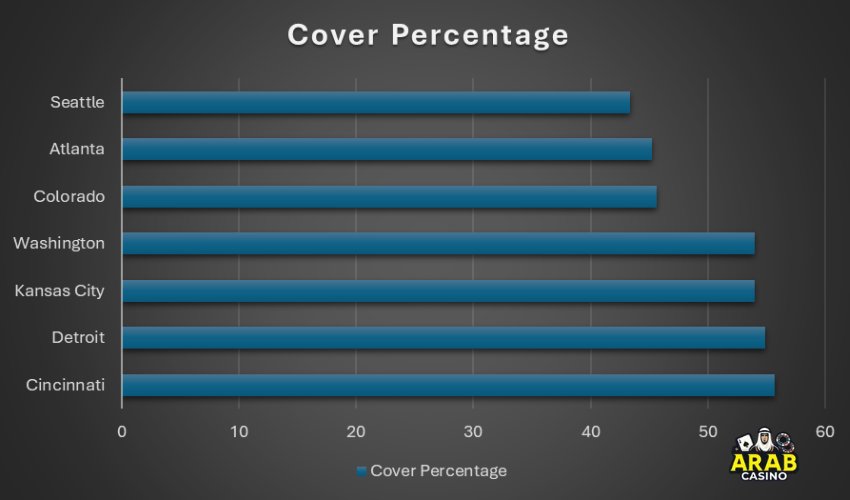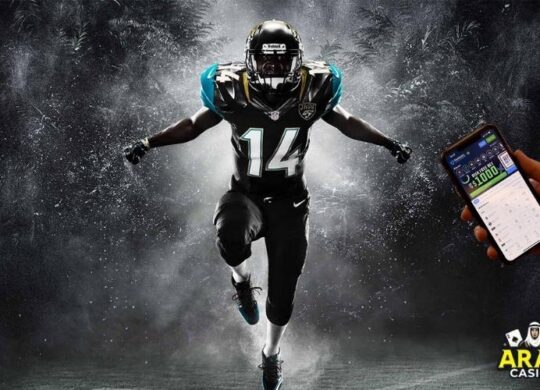What Is the Run Line in Baseball Betting?
The run line functions as baseball’s point spread, almost always set at 1.5 runs. The favorite receives -1.5, meaning they must win by two or more runs for your bet to win. The underdog gets +1.5, which means the team can lose by one run for a winning wager. You can read details about +1.5 in betting.
Unlike other sports, where point spreads vary significantly, baseball’s run line remains constant at 1.5 due to the sport’s low-scoring nature. What changes are the odds attached to each side, reflecting the perceived strength difference between teams.
Standard Run Line Format
Here is how run lines appear in sports betting at sportsbooks:
| Team | Moneyline | Run Line |
| Yankees | -130 | -1.5 (+150) |
| Red Sox | +120 | +1.5 (-170) |
In this example, betting the Yankees on the run line offers +150 odds instead of the -130 moneyline, but they must win by at least two runs.
Run Line vs Moneyline: The Critical Difference

Run lines become particularly attractive when dealing with heavy moneyline favorites. Instead of risking $280 to win $100 on a -280 favorite, you might get -150 odds on their -1.5 run line. This transforms your risk-reward ratio significantly.
Professional bettors often target run line favorites because the market frequently overvalues the difficulty of covering 1.5 runs. Historical data shows that favorites win by more than one run approximately 77% of the time they win.
According to Baseball Savant‘s data, underdogs perform exceptionally well against run lines, with teams like Toronto covering 59.2% of their run line bets despite inconsistent records. TeamRankings.com’s comprehensive analysis shows Cincinnati’s leading run line coverage at 55.6% through June 2025.
Real-World Run Line Betting Example

Let’s examine a practical scenario from June 2025:
Game Setup:
- Yankees (-150 ML) vs Red Sox (+130 ML)
- Yankees -1.5 runs (+120)
- Red Sox +1.5 runs (-140)
Analysis Process:
- Starting Pitchers: The Yankees’ ace has a 2.85 ERA with 1.15 WHIP vs the Red Sox starter’s 4.20 ERA.
- Recent Form: Yankees won 7 of last 10 games by 2+ runs
- Ballpark Factor: Game at Yankee Stadium (slightly hitter-friendly)
Betting Decision:
- Risk: $100 to win $120
- Required outcome: Yankees must win by 2+ runs
Actual Result: Yankees win 6-3
- Run line bet wins (+3 run margin covers -1.5)
- Profit: $120 vs $66.67 profit on straight moneyline bet
This example shows how proper analysis can identify value in run line markets when traditional moneyline odds don’t reflect the likely margin of victory. For precise run line calculations and split-betting strategies, use this specialized calculator: ZCode System Run Line Calculator
Advanced Run Line Strategies That Pros Use
- Home vs. Away Considerations
- Pitching Matchup Analysis
- Weather and Ballpark Factors
Home vs. Away Considerations
Home teams face a unique disadvantage when laying run lines. If they lead after the top of the ninth inning, they don’t bat in the bottom half, limiting their opportunity to extend leads. Away teams typically receive the full nine innings to score, making them slightly better run line candidates when favored.
Pitching Matchup Analysis
Starting pitcher performance has a direct impact on run line outcomes. Focus on these key metrics:
- Strikeout rates: High-strikeout pitchers often lead to lower-scoring games
- WHIP (Walks + Hits per Inning Pitched): Lower WHIP typically correlates with run line favorite success
- Recent form: A pitcher’s last three starts often predict immediate performance better than season averages
Weather and Ballpark Factors
Wind direction significantly affects run scoring. Games at Coors Field historically produce higher totals, making run line underdogs more attractive. On the other hand, pitcher-friendly parks like Petco Park favor run line favorites.
Common Run Line Betting Mistakes
- Chasing Big Favorites
- Ignoring Bullpen Strength
- Overlooking Lineup Changes
Chasing Big Favorites
Many bettors automatically take massive moneyline favorites on run lines, assuming easy covers. However, teams with odds shorter than -200 often win close games, making the 1.5-run spread challenging. According to Sean Zerillo, betting every heavy favorite on run lines produces negative returns over time.
Ignoring Bullpen Strength
Run lines frequently depend on late-inning performance. Teams with weak bullpens struggle to maintain leads, while strong relief corps help favorites cover spreads. Always check bullpen ERA and recent usage patterns before placing run line bets.
Overlooking Lineup Changes
Last-minute lineup adjustments dramatically impact scoring potential. A star player’s absence can turn a run line favorite into a poor bet, yet many bettors place wagers without checking final lineups.
Run Line Performance Data

Based on 2024 MLB season data, these teams showed the strongest run line performance:
| Team | Run Line Record | Cover Percentage |
| Cincinnati | 128-102-0 | 55.7% |
| Detroit | 130-107-0 | 54.9% |
| Kansas City | 127-108-0 | 54.0% |
| Washington | 123-105-0 | 54.0% |
Conversely, these teams struggled against run lines:
| Team | Run Line Record | Cover Percentage |
| Seattle | 99-129-0 | 43.4% |
| Atlanta | 104-126-0 | 45.2% |
| Colorado | 104-124-0 | 45.6% |
Alternative Run Line Options
- First Five Innings (F5) Run Lines
- Reverse Run Lines
First Five Innings (F5) Run Lines
F5 run lines focus exclusively on the first five innings, typically set at 0.5 runs. This market isolates starting pitcher performance while eliminating bullpen variables. Professional bettors often prefer F5 run lines because they reduce late-game unpredictability.
Reverse Run Lines
Some sportsbooks offer reverse run lines, giving favorites +1.5 runs while making underdogs lay -1.5. These markets provide value when you believe an underdog will win convincingly, though they are rarely profitable long-term.
Responsible Gambling and Player Protection
Run line betting requires disciplined bankroll management and realistic expectations about long-term profitability. The American Gaming Association reports that 84% of past-year gamblers are aware of responsible gaming resources, with 91% of sports bettors recognizing available support systems.
Essential Guidelines:
- Set predetermined loss limits before placing wagers
- Take regular breaks from betting activities
- Track your betting history to identify patterns
The Run Line Reality Check – Final Words
After analyzing thousands of MLB run line bets, the harsh truth emerges: most recreational bettors misuse this market entirely. They chase the better odds on heavy favorites without considering that those improved payouts exist for a good reason; covering 1.5 runs is genuinely difficult, even for superior teams.
The sophisticated approach involves targeting specific scenarios rather than blindly betting run lines for better odds.
Focus on road favorites with elite starting pitchers in pitcher-friendly ballparks or home underdogs with strong bullpens in hitter-friendly environments. Market inefficiencies exist in these nuanced situations, not in the obvious spots that attract public money.
Remember this cardinal rule: if the run line seems like “free money,” you’re probably missing something crucial. The sportsbooks are not in the business of giving away profits, and those attractive run line odds reflect real statistical probabilities that casual bettors often ignore.
For deeper analysis, consult Baseball Reference’s advanced statistics and FanGraphs’ projection systems. These resources provide the granular data necessary for profitable run line betting, moving beyond surface-level analysis that leads to long-term losses.





